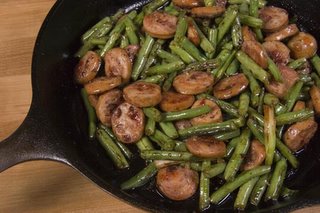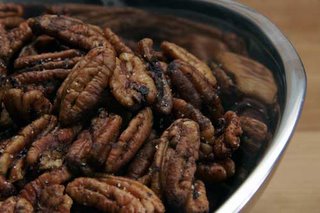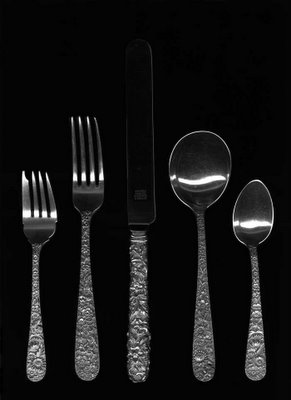Sauteed Foie Gras with a Balsamic-Red Currant Sauce
My good husband introduced me to sauteed foie gras (as opposed to the foie gras in terrines that are served room temperature), and I've become a convert. We've eaten it in several restaurants over the years, and I made it for the first time last New Year's Eve and I was somewhat successful in my execution of the dish. We decided we wanted it again but I needed a better recipe. The one I used last year wasn't really what I wanted. After some searching, I cobbled together enough information to write up my own.
Some learnings:
Some learnings:
- Buy it from a reputable butcher or specialty store who knows how to handle it and prep it for you. In Boston, I use the Butcher Shop.
- Limit handling of foie gras. The heat from your hands makes the fat-laden liver start to melt.
- If the butcher hasn't deveined it for you, devein using two knives. The vein, while edible, has a texture so different from the liver that it's very noticeable when eaten.
- If it breaks into pieces, oh well. Cook them and reassemble when serving.
- Flouring the liver helps it keep its shape when cooking.
- If serving on a slice of bread, select a bread type that's soft and has a soft crust (or cut the crust off), and slice the bread thinly.
- It cooks REALLY fast so be prepared to eat about four minutes after you begin cooking.
- Any berry-laden jam could work; red currant is just a favorite of mine.






